Many things are made using plastic welding nowadays. So many in fact that we often don’t even notice it. From chairs, barriers, and pools, to the very wires that are hidden in our walls, the plastic welding industry is all around us. But how is it performed exactly and how is this process improved?
If you’re in the market for plastic welding machines, you’ve come to the right place. Keep reading to learn what plastic welding is, what it’s used for, and what to consider before investing in a plastic welder.
What Is Plastic Welding?
Plastic welding—also called thermoplastic welding—is used in diverse industries. The method involves welding plastic together to form a sturdy and crack-proof shape. If you’re wondering how to weld plastic, here’s how the process works:
- The welder uses a combination of heat and pressure to melt the surfaces of two thermoplastics—which are pliable plastic materials. This can be PVC, TPO, PP, PE or many other thermoplastic materials.
- The welder joins the melted surfaces together to create one larger surface.
Nowadays, there are many plastic welding techniques including laser welding, ultrasonic welding, and frequency welding, in addition to the very commonly used hot air welding. There are also welding techniques dedicated to specific types of thermoplastics such as PVC welding or TPO welding.
Shop Our Welding Tools
10 Common Applications for Plastic Welding
Welded plastics are all around us. From chairs and desks to mounts, tubes, and our very roof, plastic welding is used in many industries and has numerous applications. Plastic welding machinery is frequently used for the following ten applications.
1. 3D printing
A robotic arm is equipped with an extrusion welder to produce welds that are:
- More efficient
- More precise
- More cost-effective
- Lower-risk
2. Aquaculture Construction & Repair
Aquaculture—also called aquafarming—is the farming of aquatic animals and plants for reproductive purposes. Plastic welding is used for three main purposes in the aquaculture industry:
- To build indoor freshwater and saltwater fish tanks. HDPE welding creates a watertight seal to keep fish in the tank and prevent water from seeping into nearby open waters.
- To construct plastic pipes used for open water net cages. This method uses thermoplastics that don’t corrode after long-term contact with water.
- To weld artificial, plastic film liners for fish farming pools. This is made possible by TPO welding and HDPE welding materials that create a watertight seal, preventing water and fish from escaping.
3. Boat Construction & Repair
Yes! Boat welding is a thing and it’s more common than you think. Plastic welding is often used during boat construction but also for boat repair. Plastic welding can be used on two types of boats:
- Traditional boats: HDPE plastic welding, also known as polyethylene welding, is used to build and repair traditional, hard-sided boats. This method is more environmentally friendly and cost-effective and results in less required maintenance after the weld is completed.
- Inflatable boats: Plastic welding for inflatable boats is made possible by PVC welding material. Hot air and tape combine to produce a watertight finish.
4. Foundation Waterproofing
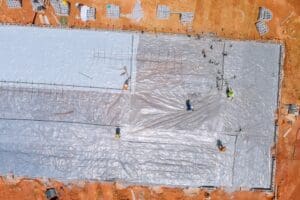
Extrusion welders offer effective waterproofing for new building foundations to protect them from groundwater.
Shop Our Welding Tools5. Landfill & Mining Membrane Welding
HDPE welding provides landfill and mining sites with lasting seals to contain materials and chemicals while protecting the job sites from water leaks.
6. Pipe & Pipeline Welding
HDPE welding is used to prevent pipes and pipelines from leaking liquids and gas.
7. Plastic Repairs
Plastic welding allows the fabrication of various plastics to restore them to their original condition. This process minimizes waste, as plastic objects can be repaired rather than replaced whenever damage occurs.
8. Plastic Tank Construction
Ergonomic handheld extrusion welders produce reliable welds for the construction of plastic tanks.
9. Pond & Pool Waterproofing
Plastic welding allows for the waterproofing of ponds and pools. This welding method is used to create watertight garden pond liners along with watertight plastic pool liners and pool covers, tile, and paint.
10. Reservoir & Canal Sealing
Reservoirs and canals can be sealed using HDPE, TPO, and PVC welding materials to ensure long-term leak protection.
4 Factors to Consider Before Purchasing a Plastic Welder
If you want to find the best plastic welder for your plastic welding needs, consider these four factors:
1. Welder Type
Handheld welders are designed for smaller, more detailed plastic welding jobs whereas extrusion welders are designed for larger welding jobs. In addition, some plastic welding tools might be more suited to certain types of plastics. If you are looking for PVC welders for example, it might be more relevant to get a plastic welder that has a wide range of possible welding temperatures.
2. Quality
You want a quality plastic welder that will provide quality welds. Keep in mind that quality plastic welders are backed by good warranties.
3. Heat Production
Determine how much heat you need the plastic welder to provide. Insufficient heat won’t melt the plastic, but excess heat will burn it. Find a good middle ground.
4. Welding Rod Material
The material of the welding rod should match the material of the plastic. If will weld PVC, get a PVC welder. Sounds simple right?
3 Advantages of Hot Air Welding
The top three benefits of hot air plastic welding are that it:
- Is a versatile welding method
- Is a cost-effective welding solution
- Provides durable welds
The Right Tool for Every Weld
Since 1983, Hapco, Inc. has provided customers with the right heating tools and accessories for every plastic welding job. Whether you’re looking for a heavy-duty welding machine or a handheld extruder, our online store has just what you need. We have the best plastic welders in the market, recognized for their durability and reliability.
Shop Our Welding ToolsComments are closed.

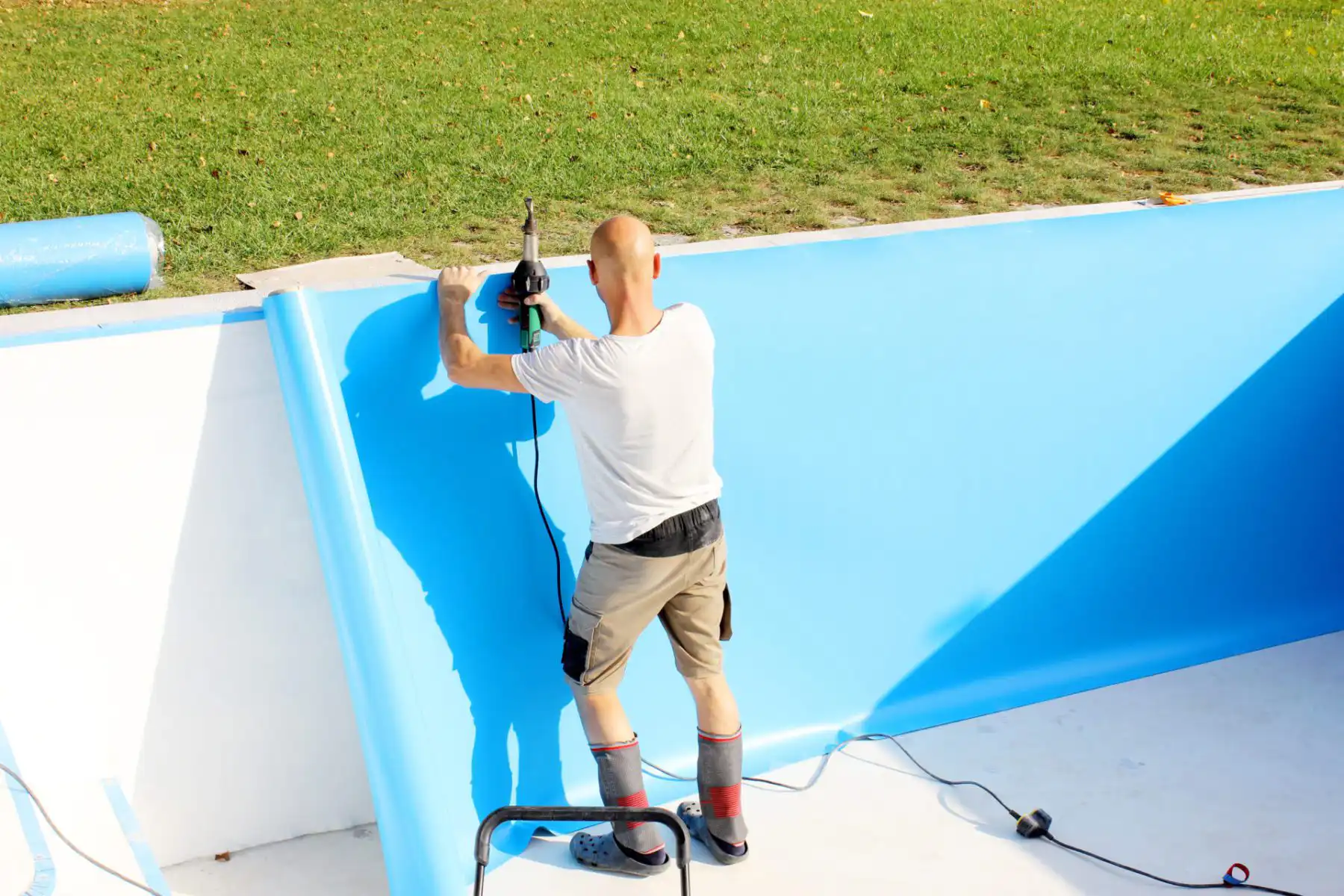
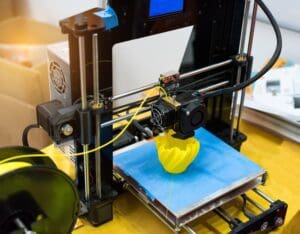
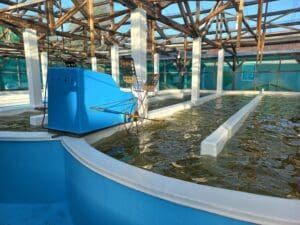
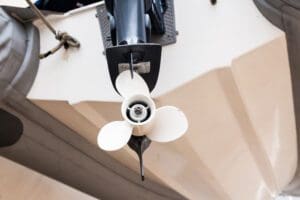
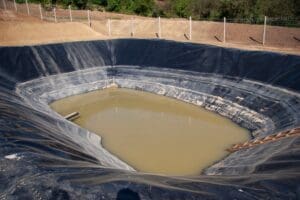
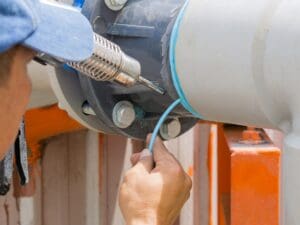
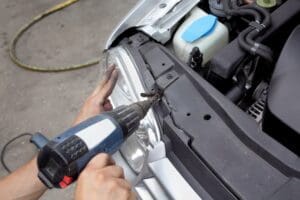
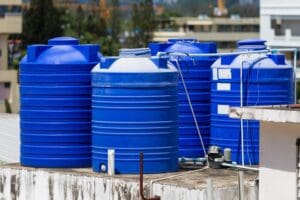
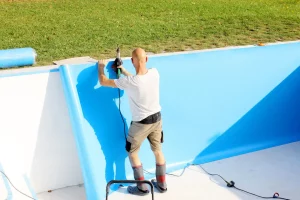
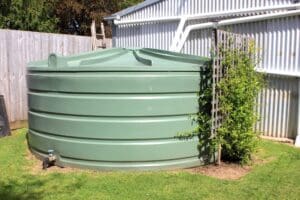

Recent Comments